Converting visitors into customers and customers into advocates is no easy task … nor is it cheap.
Part of the difficulty lies understanding which campaigns, offers, and onsite tactics produce the best results. Not just at the top of the funnel, but over the long term as well.
Given themulti-channel nature of ecommerce, a new customer may have searched for your brand on Google right before making a purchase. That sort of one-two funnel is easy enough to track.
但是你怎么确定这最初的广告and lasting impression that drove them to search?
In this post, we’ll walk step by step through each stage of your funnel — from awareness to loyalty — examininghow ecommerce data analysis can improve your marketing and drive more sales.
Ready to grow your business with ecommerce data analysis?
Despite its size and depth, this article is an abbreviated excerpt from theShopify Plus Data Analysis Course, one of many courses available exclusively to Shopify Plus merchants.
Explore data analysis fundamentals and learn how to utilize platforms like Google Data Studio, Facebook Analytics, business intelligence tools, and session recording apps.
Even better, all of the custom Google Data Studio dashboards you see below are available for instant access.Access the full course.
Not on Shopify Plus?Connect with us today
Awareness Analysis for a Better Brand
When most people hear “brand awareness,” they think one of two things:
- That’s a waste of time and money; it doesn’t work
- That’s only for big-name brands like Coca-Cola and Tesla
While brand awareness often sounds elusive, intangible, or for major corporations only … it’s not.
In fact, brand awareness can yield tangible results for businesses of all sizes. Just take a moment to think about a local mom-and-pop shop or restaurant in your town. Where’s the first place you turn locally for something like a slice of pizza?
Odds are a specific place immediately jumped to mind. Why? Brand awareness. It might not be the result of an ad campaign, but that brand is positioned — in your eyes — as the number one choice.
And data backs this theory up.
In aSearch Engine Land and SurveyMonkey report, users were asked: “What is most important in helping you decide which results to click on in a search engine search?” The responses showed that 70% of consumers rank “Known retailer” as the most determinative factor.
Simply put, the vast majority of consumers have severe brand bias. More than ratings (social proof), free shipping, free returns, or discounts and sales, people are clicking on brands they recognize.
Brand bias is explained by theexposure effect, where people are drawn towards things, concepts, and people they’ve been exposed to more frequently. It’s why remarketing leads tomore branded search traffic.
To optimize your online funnel at this stage, we can break down awareness into three segments:
- Unaware
- Aware
- Engagement
With brand awareness, we’re focusing on the very top of the funnel. These three stages are most concerned with the following questions:
- How much new awareness are you generating?
- What channels drive this awareness?
- How effective is each channel?
- How do new users engage with your brand?
To get impactful answers, metrics matter (e.g., ecommerce data analysis). The key performance indicators (KPIs) to focus on are:
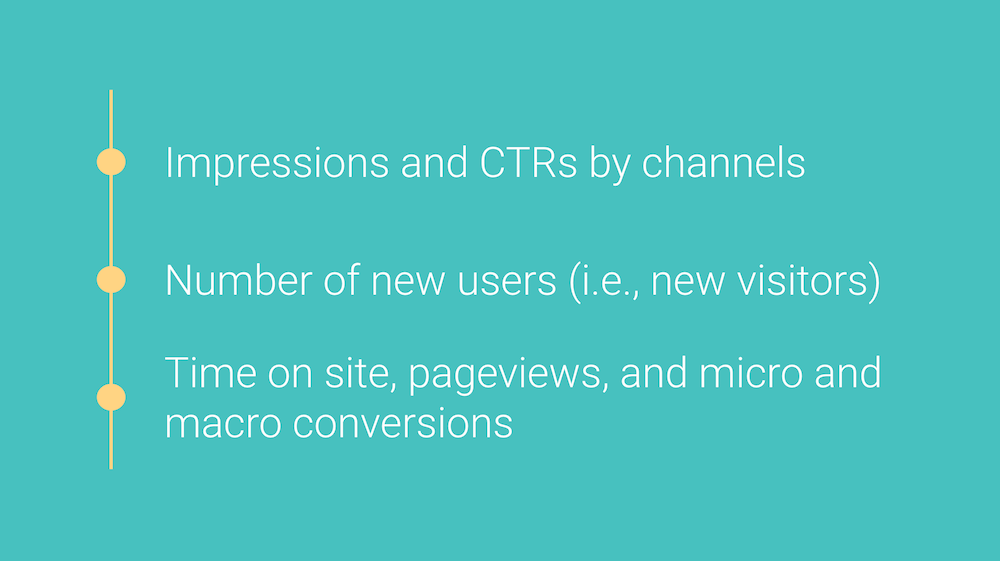
KPIs like impressions and click-through rate (CTR) can help you gauge how many new users you’re reaching and developing awareness with. CTR and new users tell you how well your brand name stands out in search results or how effective different advertising strategies are.
Using the custom Google Data Studio reports built for Shopify Plus merchants, we can analyze data based solely on new users:
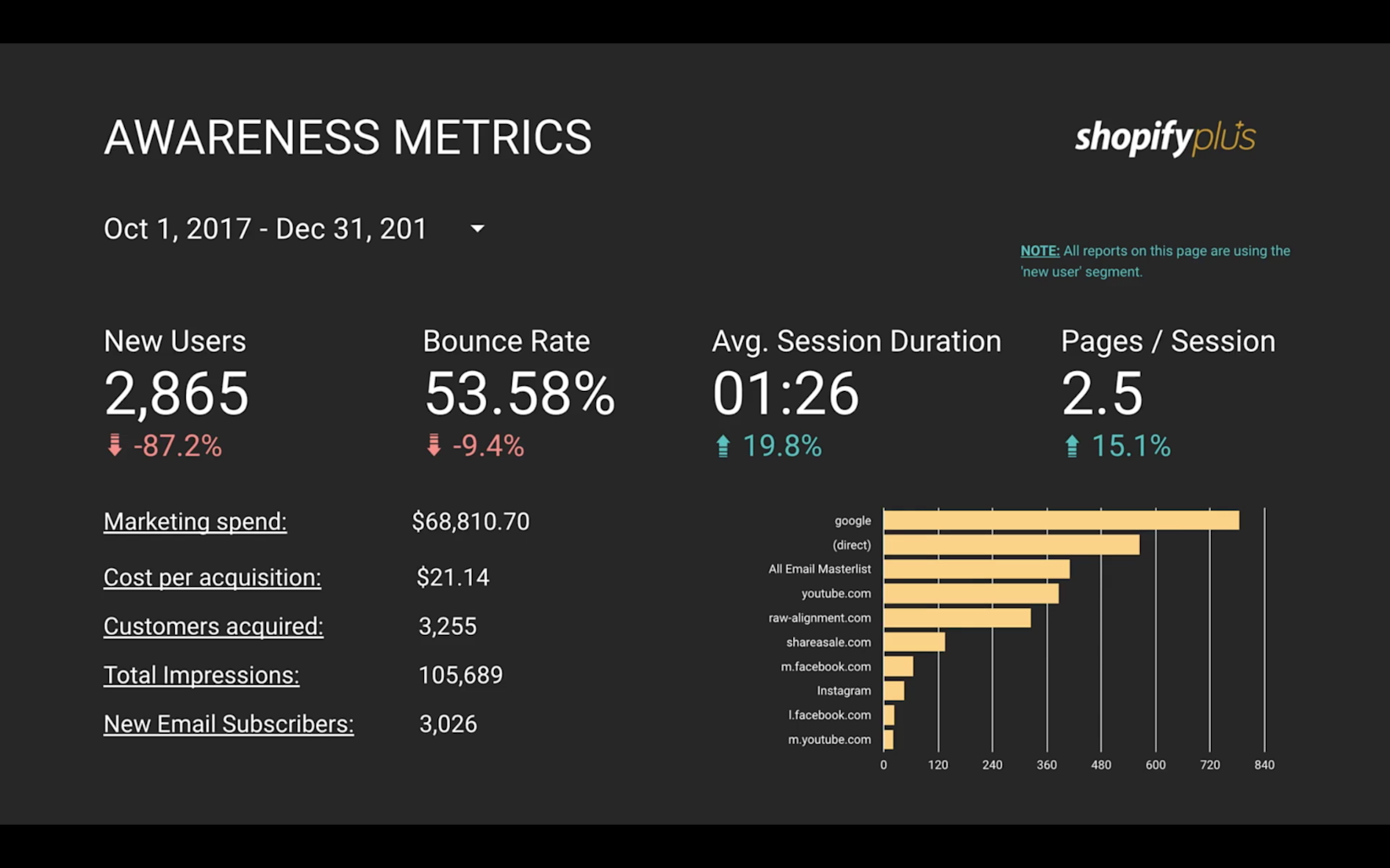
With metrics like bounce rate, average session duration, and pages per session, you can see how engaged new, unaware visitors are. You can also measure the effectiveness of various channels:
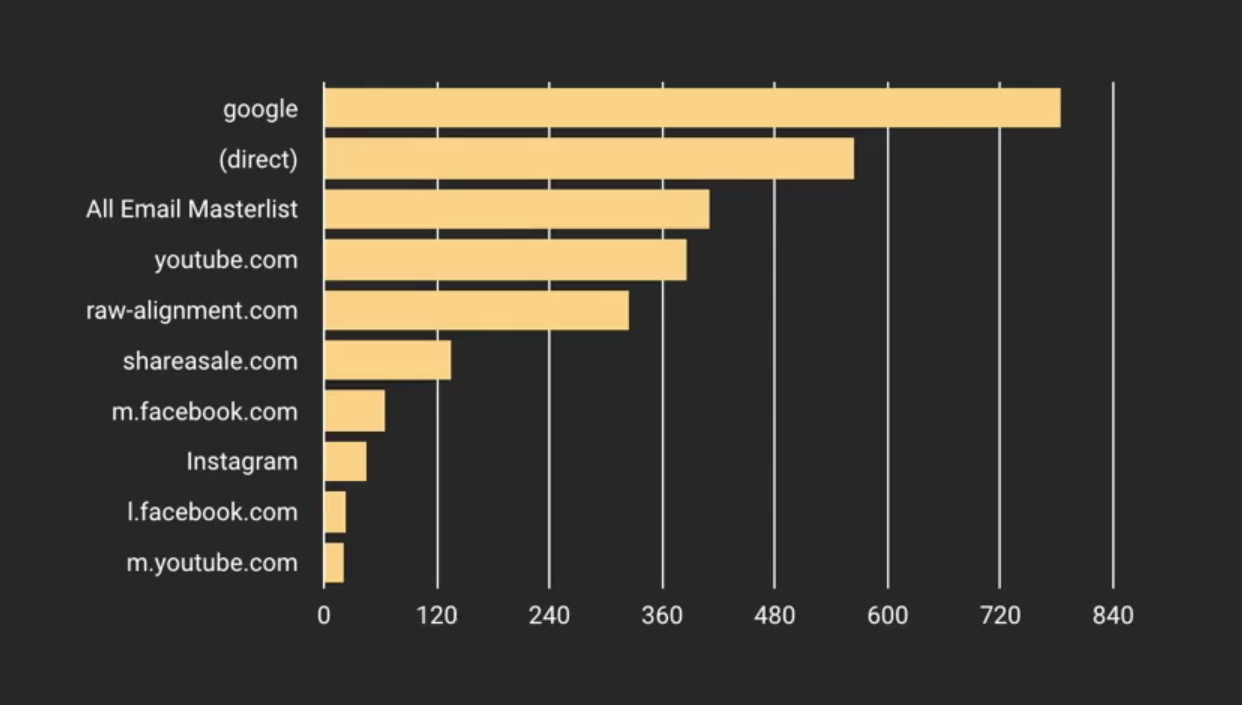
Of course, the danger of a metric like brand awareness is getting lost in vanity metrics that don’t tell the whole story. That’s why it’s critical to look closely at your spend and most importantly, customer acquisition costs:
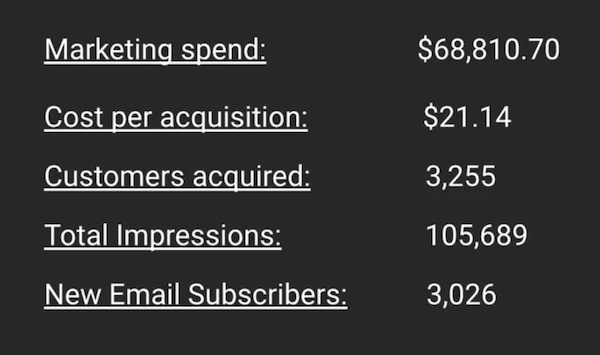
Creating thousands — or even millions — of impressions has to be balanced with acquisition costs both among new users (as illustrated above) as well as over time.
To get a better understanding of how each channel plays a role in brand awareness, let’s conduct a channel analysis.
Regarding KPIs for a channel analysis, we again want to focus on the very same metrics mentioned earlier.
Conducting a channel analysis involves putting these metrics to the test with each channel that you use for brand-building, and — in this case — lookingonly at first-time visitor data. For example, running cold Facebook Ad campaigns and inspecting their results is a powerful overview of your awareness generation performance:

Here, we see everything from impressions to CTR to CPM. If your data is connected in Google Analytics, you can further assess how this channel played a role in developing awareness on site.
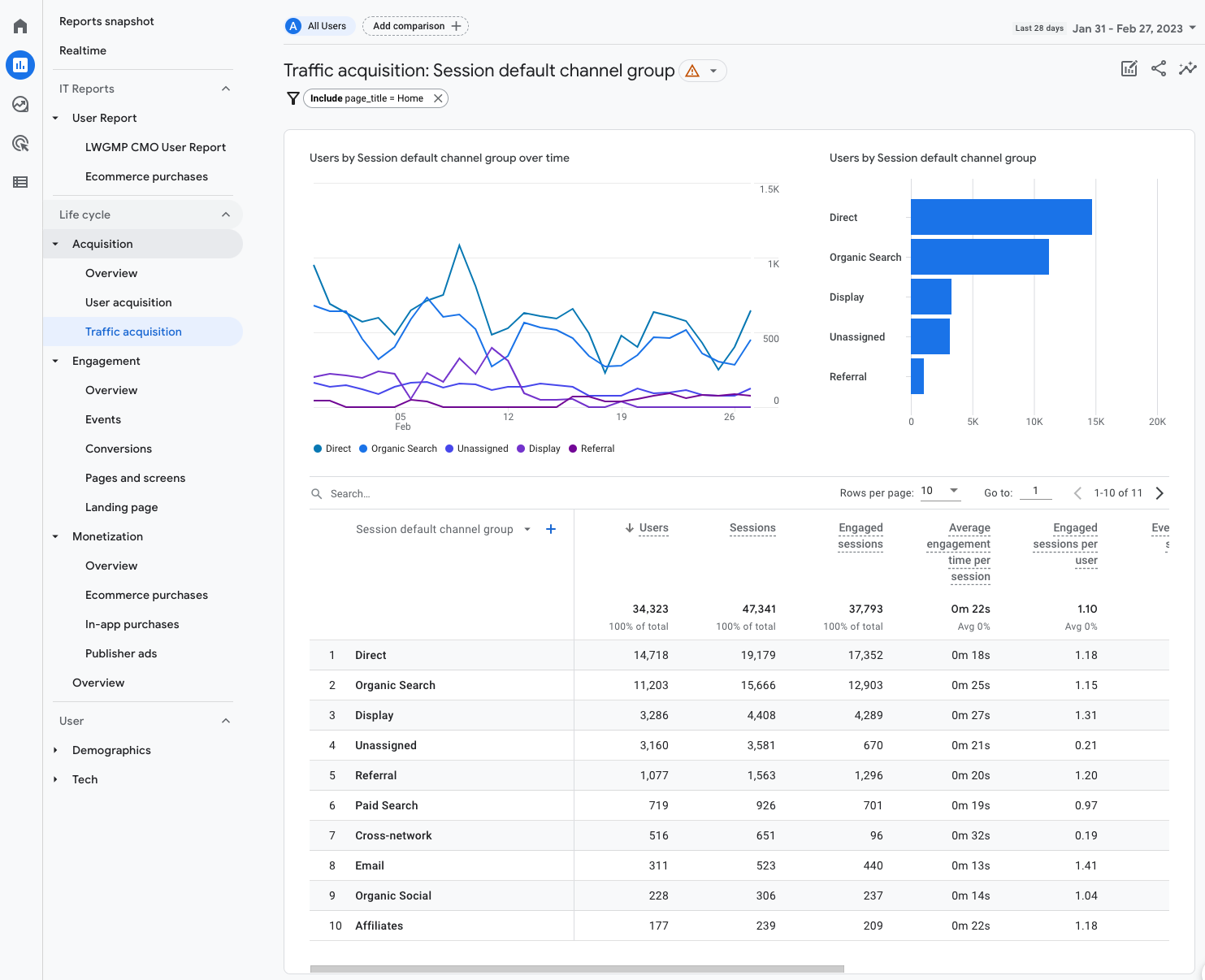
In Google Analytics, inspect the impact of the channels you’re marketing through by clicking onReports > Reports snapshotand under the snapshot called “Where do your new users come from” click onView user acquisition. From there, you will be able to add a filter. Select the “page_title” event and select your homepage under “Dimension values”. By creating this report, you will be able to see how unaware users interacted on each page they landed on.
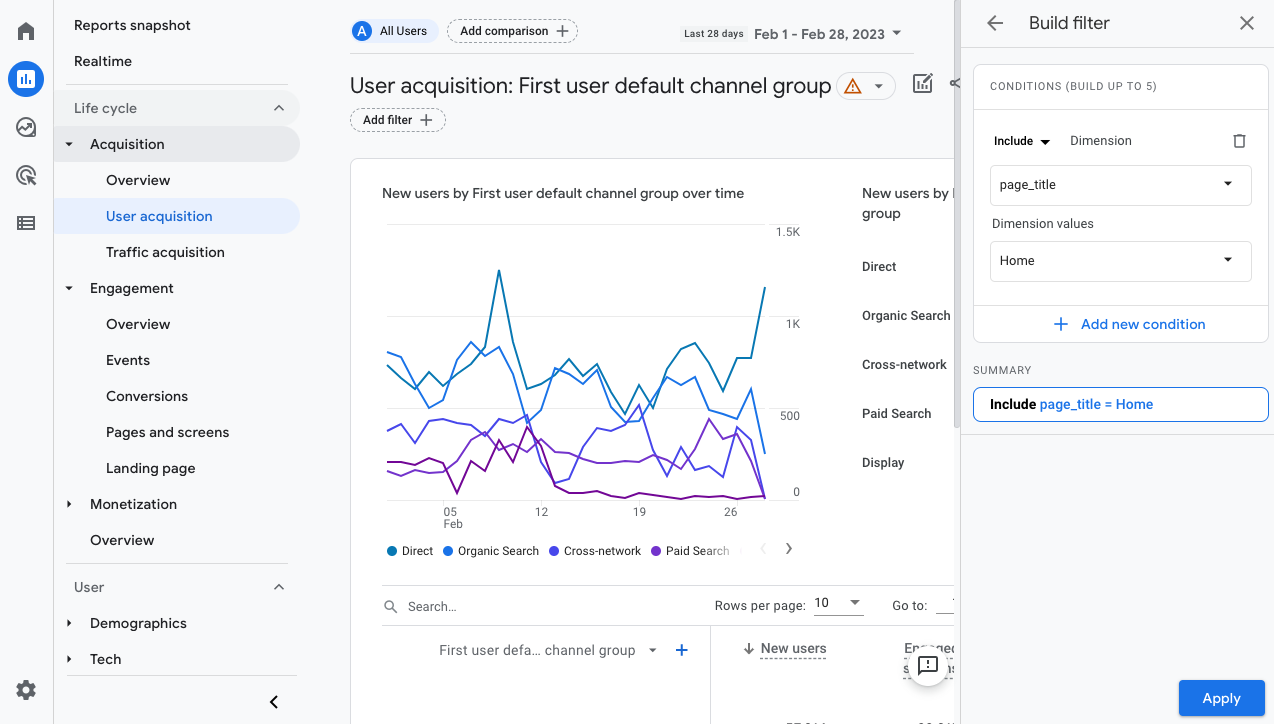
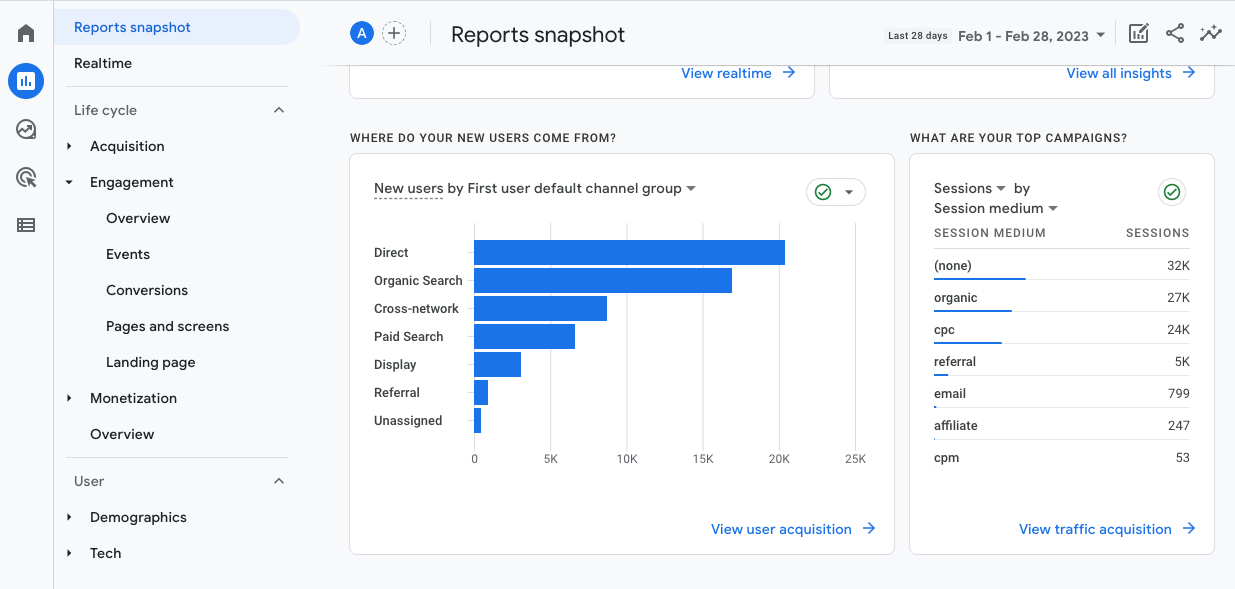
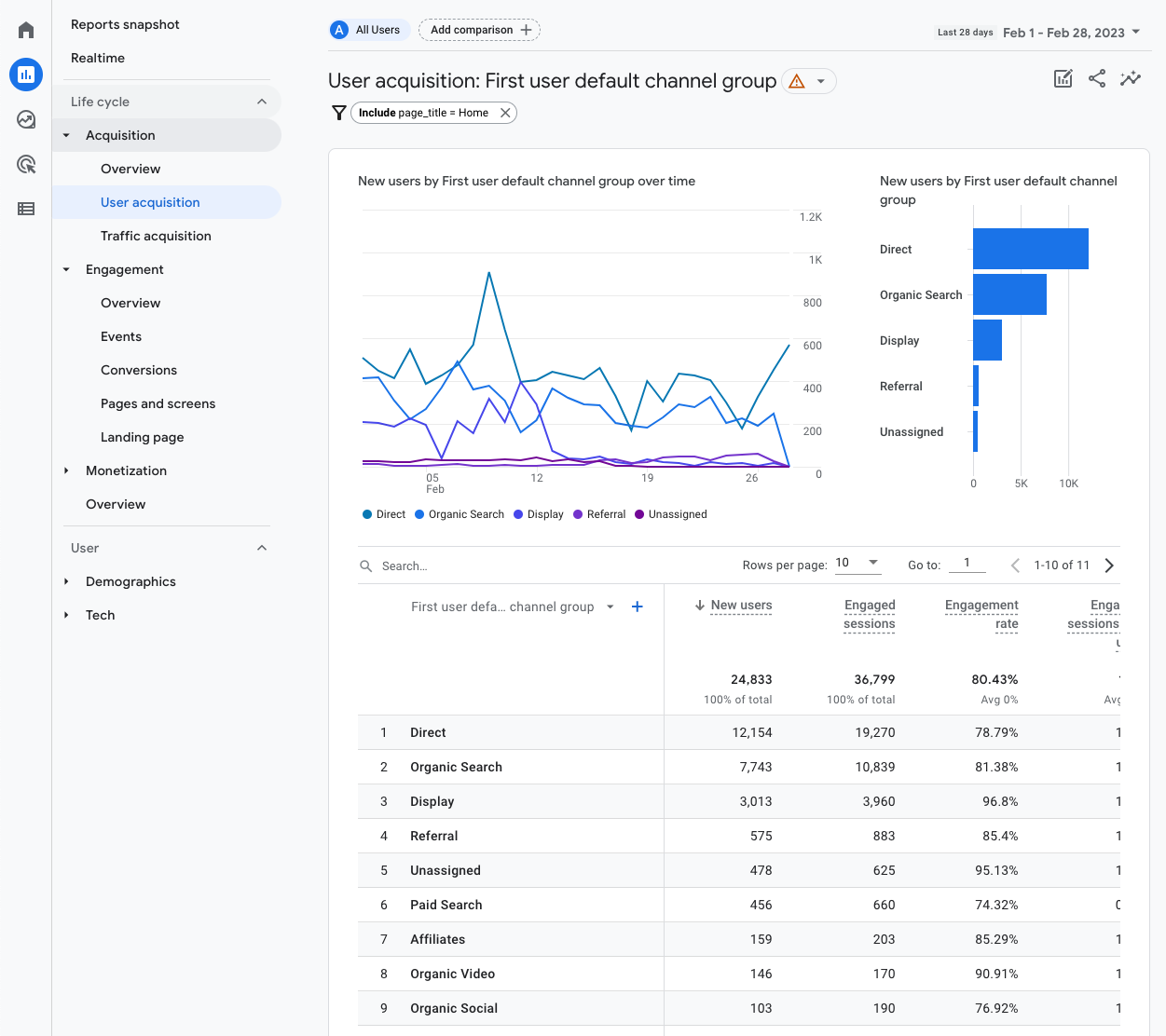
Using multiple variables like a secondary dimension can help you avoid a static analysis and elicit true performance.
To get even more specific, you can set up recommended or customEventsand use them as filters as dimensions to inspect conversions — like email signups and form completion — through this report.
Utilizing the data that you uncovered from the first user report, you can head over to thefunnel exploration reportunder theExploresection of Google Analytics and run a report keeping “first_visit” as your segment, and review the paths your new users use to get to your site:
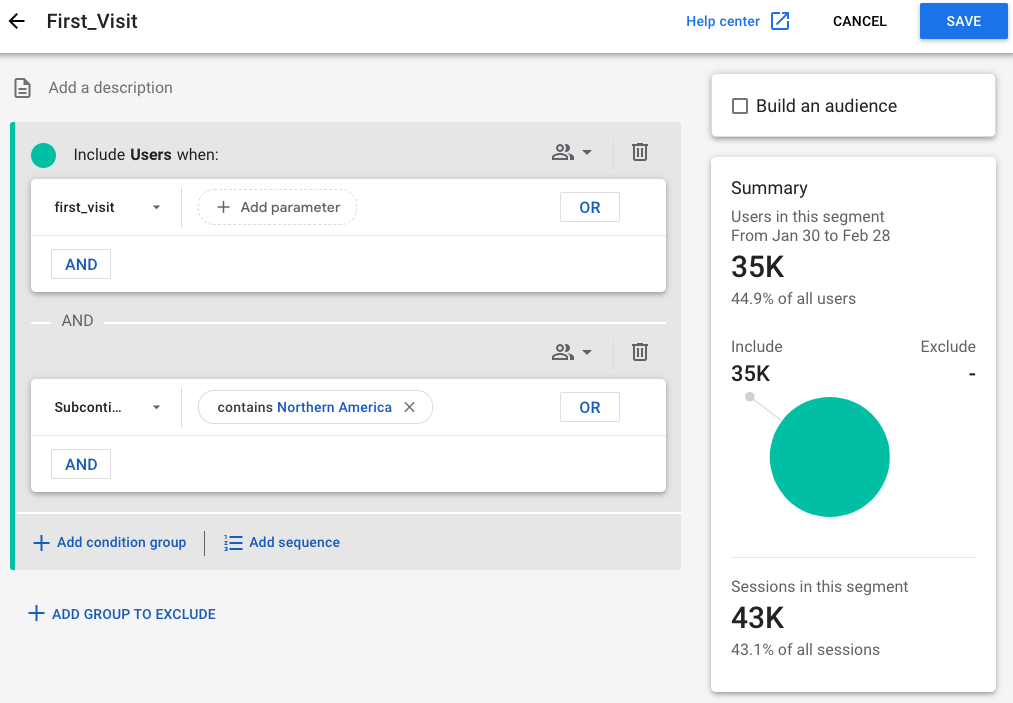

This user flow reveals the “why” behind conversions. Why they had to go to X# or more pages, what those pages communicated, and how they nudged users down the funnel.
Such flows are common when moving users from unaware to aware to engaged. If you landed onGymsharkfor the first time, ecommerce-wide data tells us you wouldn’t be ready to buy. Instead, you’d be looking to learn more about the company and its products.
When doing this type of data analysis for the top of your funnel, pay special attention to micro-conversions.
Micro-conversions are the small, seemly insignificant steps taken by a user that leads to engagement and eventually acquisition. Shopping on anUNTUCKitproduct page, this would include a new visitor clicking:
- Images
- Reviews
- Colors
- Size Chart
- Size or Fit Selector
- Shipping
- Returns & Exchanges

Essentially, these are signals that show you how the buying process works and what features are most important for consumers before they commit.
To track all those micro conversions, configure the various clicks asEventsin Google Analytics on your most popular pages — e.g., landing pages for paid traffic and top pages for organic traffic — and then segment by first_visit.
Be sure to conduct ecommerce data analysis like this for each channel your business invests in to better understand how effective each channel is at generating awareness and how users from that channel interact with your site.
You may find that users from a specific channel, like Pinterest, have a longer buying cycle because you’re engaging them so early in the purchase journey, whereas a new user through search may be looking for the specific products you sell and be ready to buy.
Conversion Analysis for Purchase Behavior
A conversion ecommerce data analysis focuses on the middle and bottom sections of your funnel. It’s used to get an idea of what behaviors — i.e., on-site actions like pages visited, searches, etc. — lead to a conversion:
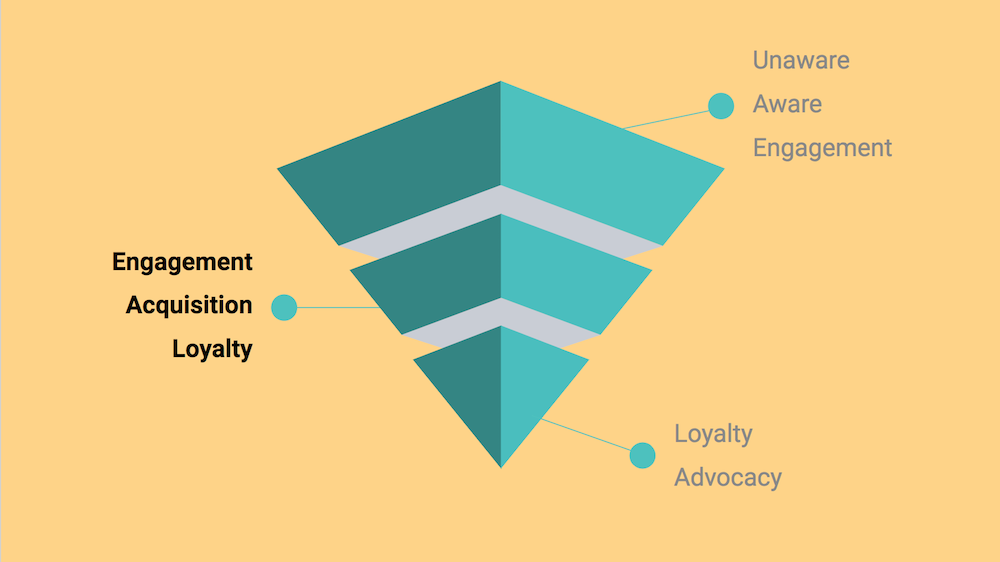
By the end of this section and analysis, you should be able to answer four questions regarding purchasing behavior in your online funnel:
- What behaviors lead to conversion?
- How effectively are we encouraging these behaviors?
- What segments of our user base are driving the highest conversions?
- What channels drive the highest conversion?
Like we did above, you will also conduct a channel analysis but this time — instead of new users — you’ll segment all users or purchasers while also inspecting your revenue channels.
The main KPIs and metrics include:
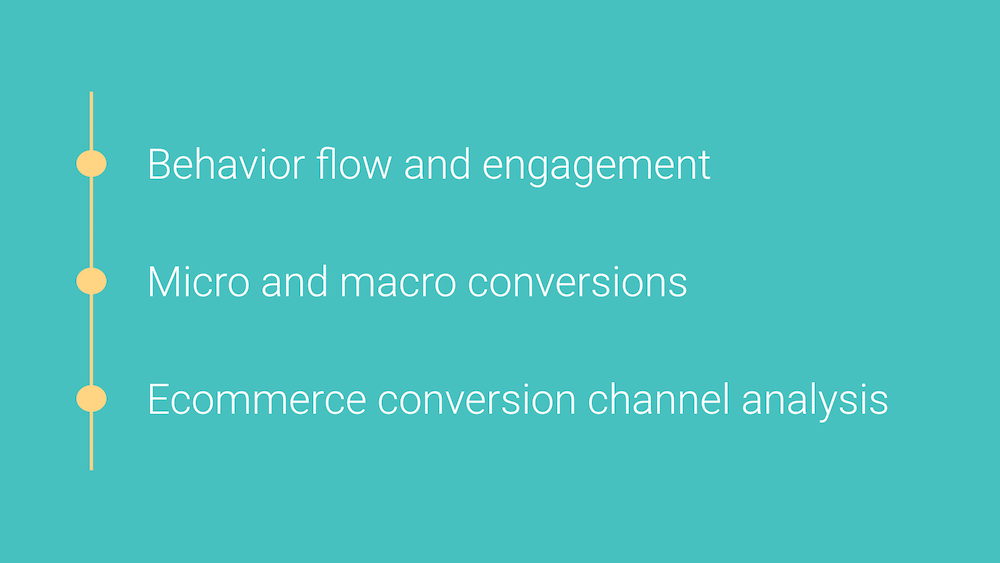
Naturally, site-wide conversion numbers are a fantastic starting point. To do that, analyze your conversion metrics in the Shopify dashboard:

In the dashboard above, total store visits are down, but sales are up. How? The average order value increased by 9%, showing that while we aren’t getting tons of new middle-to-bottom funnel traction, our bottom funnel is still coming back for more.
These conversion metrics give you a baseline, but you can also run additional reports filtered by “traffic referrer” to see how sales and conversation rates vary by channel:
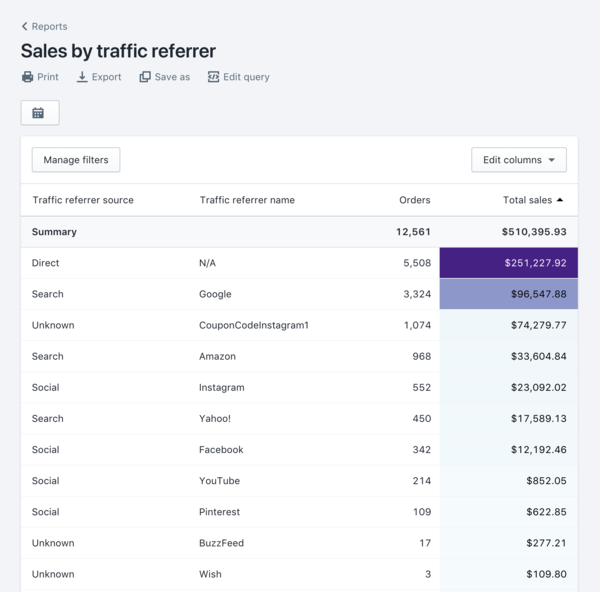
However, the best way to do this is by utilizing the custom Google Data Studio dashboards built for Shopify Plus merchants inside the full Data Analysis Course:

Want to access the entire Data Analysis Course?
Explore how to utilize platforms like Google Analytics, Shopify reporting, Facebook Analytics, business intelligence tools, and session recording apps. Even better, all of the custom Google Data Studio dashboards you see above and below are available for instant access.Access the full course
Not on Shopify Plus?Connect with us today
Formulti-channel ecommerce, the next ecommerce data analysis is perhaps the most-valuable report this post contains.
Using the customLooker Studiodashboard within the course, you can measure (1) how new visitors compare to returning visitors as well as (2) how your sources and mediums (i.e., channels) perform:
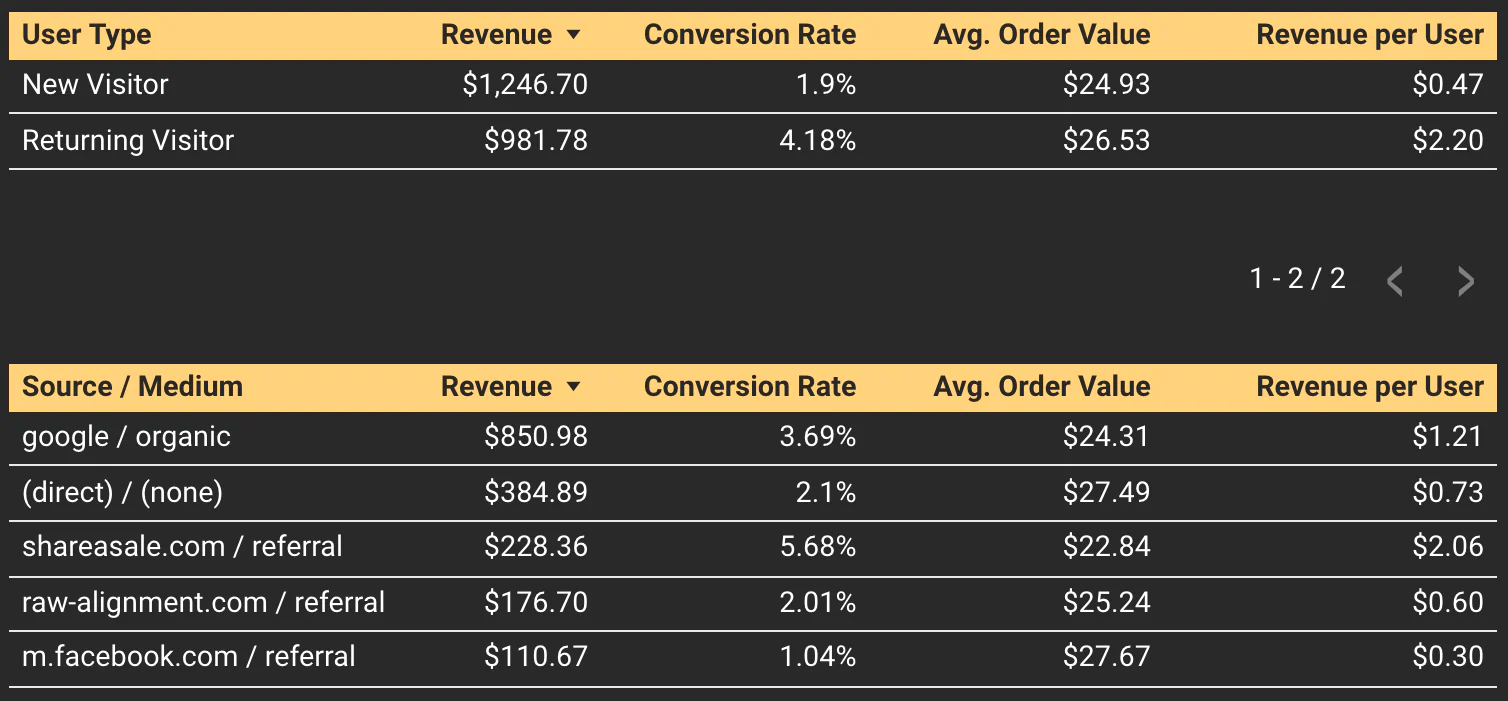
Notice that returning visitors convert at a much higher percentage. This goes to show why brand loyalty is important and can help you build a case for investing more in remarketing.
Within these subsets, you can then analyze micro-conversionsfrom each channellike add to cart, reached checkout, and more:
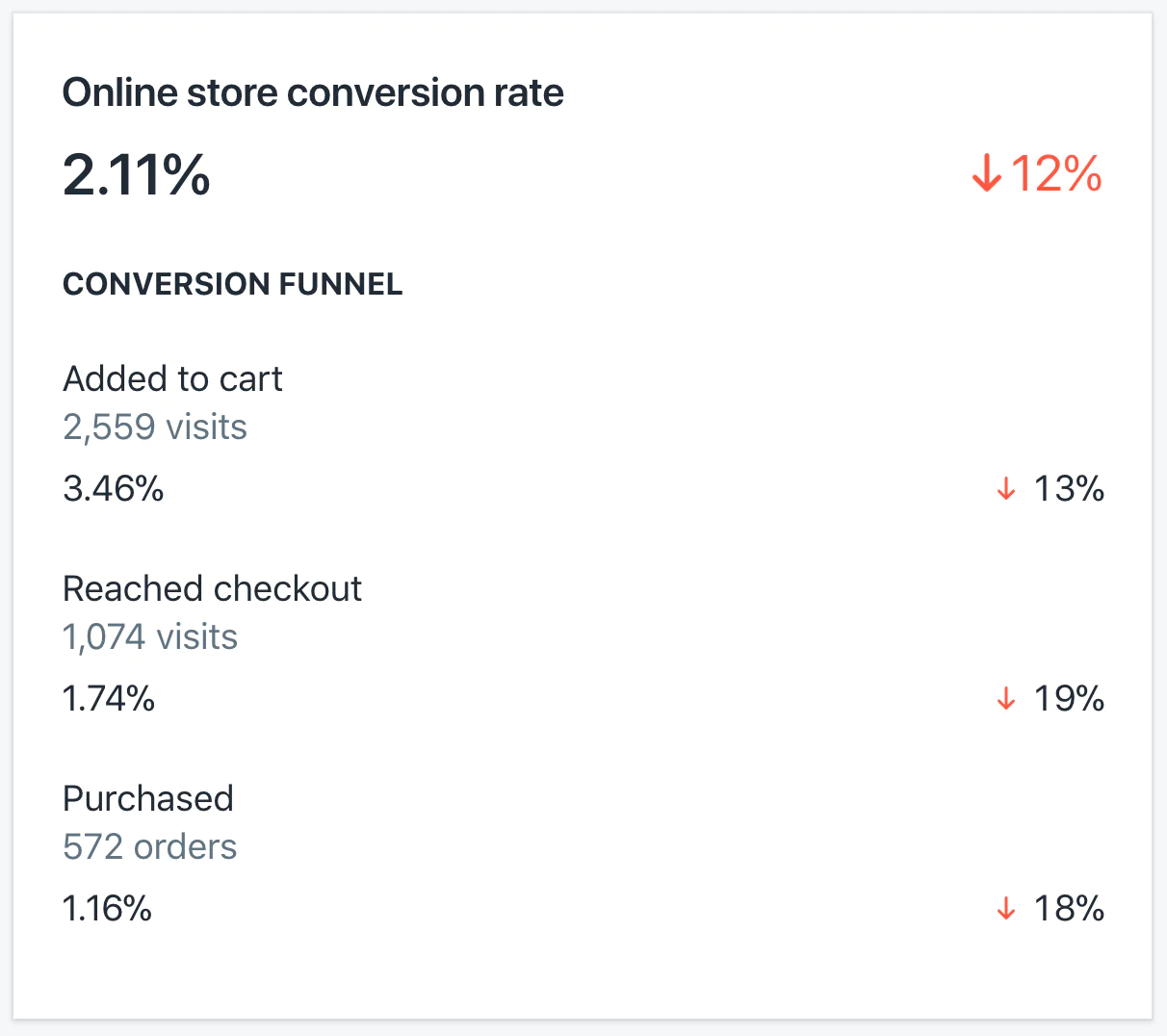
Once you’ve baselined your channels to see which produces the best conversion rates, it’s time to dig deeper and determine yourOpportunity Pieand the reasoning behind those conversions.
The Opportunity Pie is the amount of traffic you get that can to convert. It helps to weed through hoards of traffic that will never convert, giving you a more realistic conversion analysis. This process is necessary because not everyone that clicks on your site can convert. Some might not need your product. Others might just be there for the secondary information.
One of the easiest ways to determine your Opportunity Pie is to exclude traffic from your site, that spent less than ten seconds on site. You can do this by creating acustom segmentin Google Analytics:
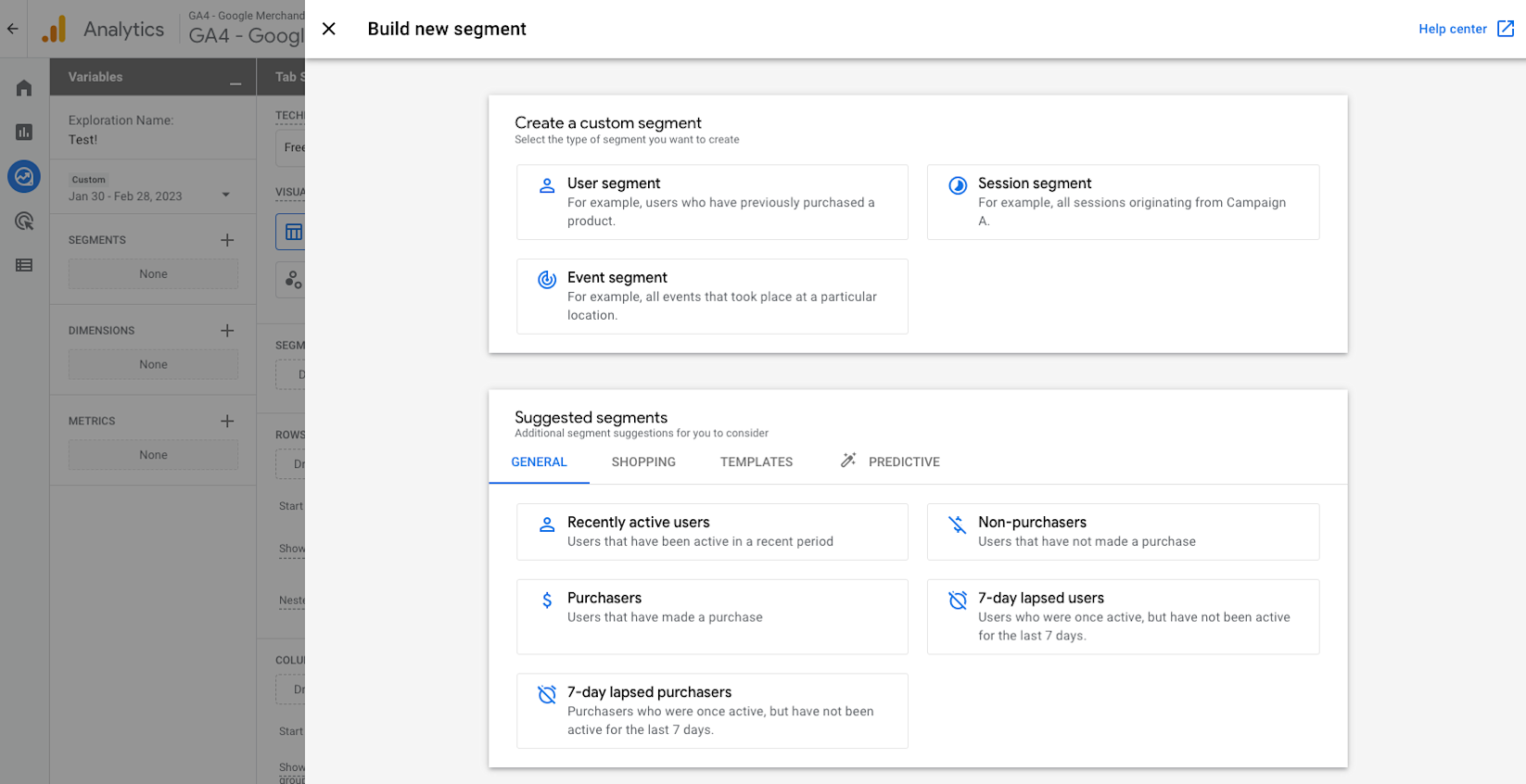
This simple tweak to Analytics’ channel reports helps you weed through new visits who landed on your page but left immediately after recognizing that it wasn’t for them. Not removing them clouds your conversion data with potentially hundreds or thousands of visits a month that were never going to convert.
A second option issurveying web visitorsto see what percentage are there to shop, browse or other reasons like applying for a job or a wholesale application. This exercise helps to sort the convertible visits from the unconvertable again.
Learn More:How to Conduct aSWOT Analysisfor Your Business
To get a more detailed sense of user behavior, heat mapping and visitor recording technology tointegrate directly with Shopifyand see what triggers drive action on site.
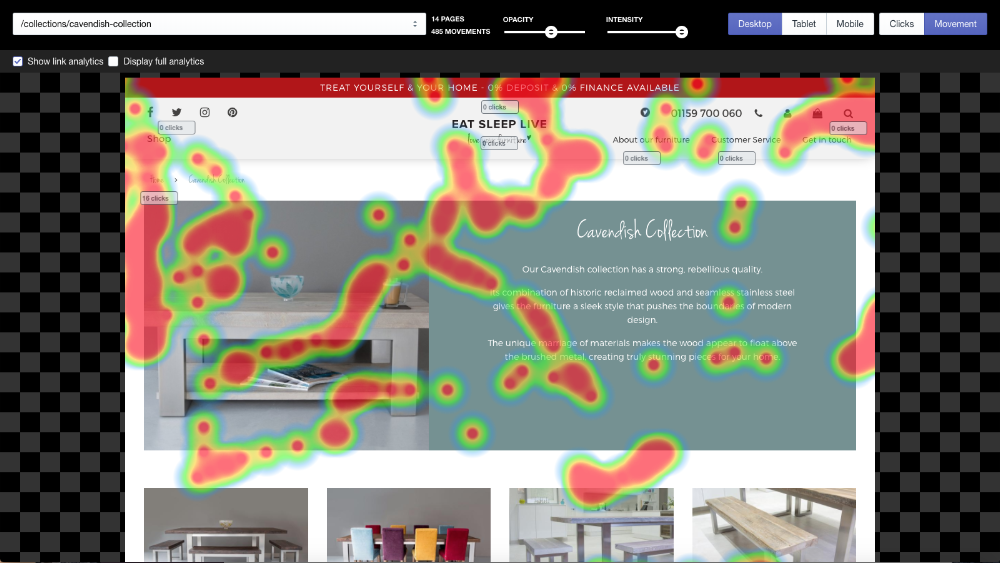
Lastly, onsite search will open up a treasure trove of information — straight from your users — on exactly what they’re looking for:
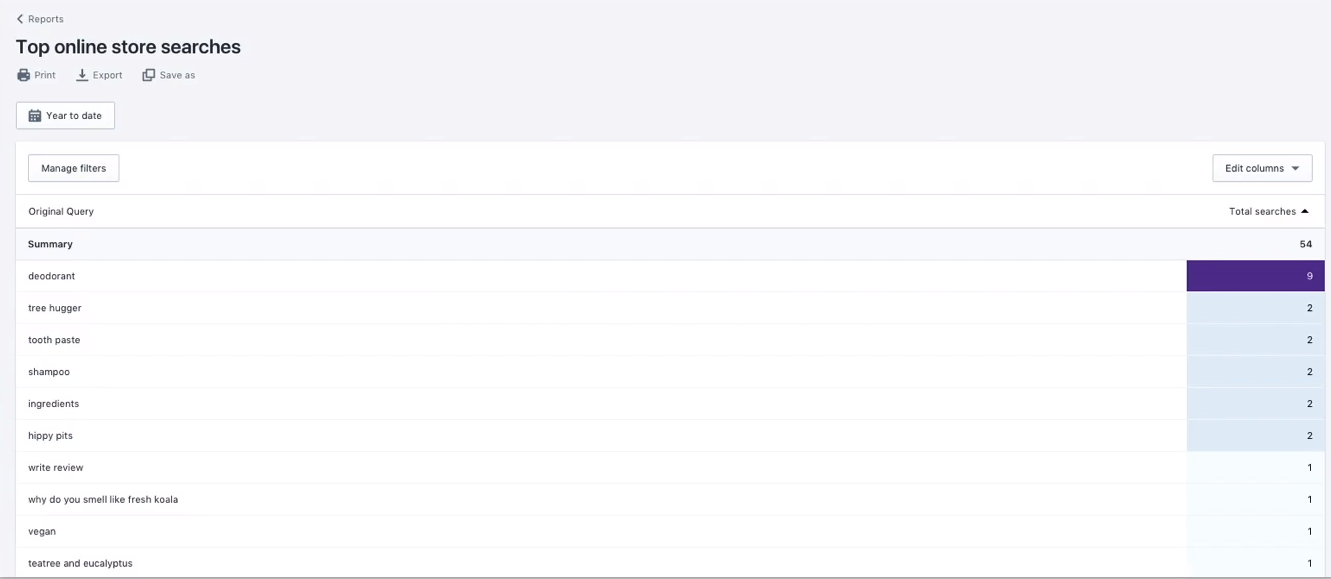
From here, you can begin to analyze the user flows for each channel based on total conversions, seeing which pages and channels were critical drivers.
Loyalty Analysis for Brand Evangelists
It costs5x the amount获得一个新的客户,保持和upsell an existing one. The probability of selling to an existing customer is 60-70%, too. Meanwhile, selling to new users is extremely difficult.
The point is: your funnel doesn’t stop at conversions. Or at least, it shouldn’t. Creating loyal followings and turning customers into brand evangelists should always be of utmost priority.
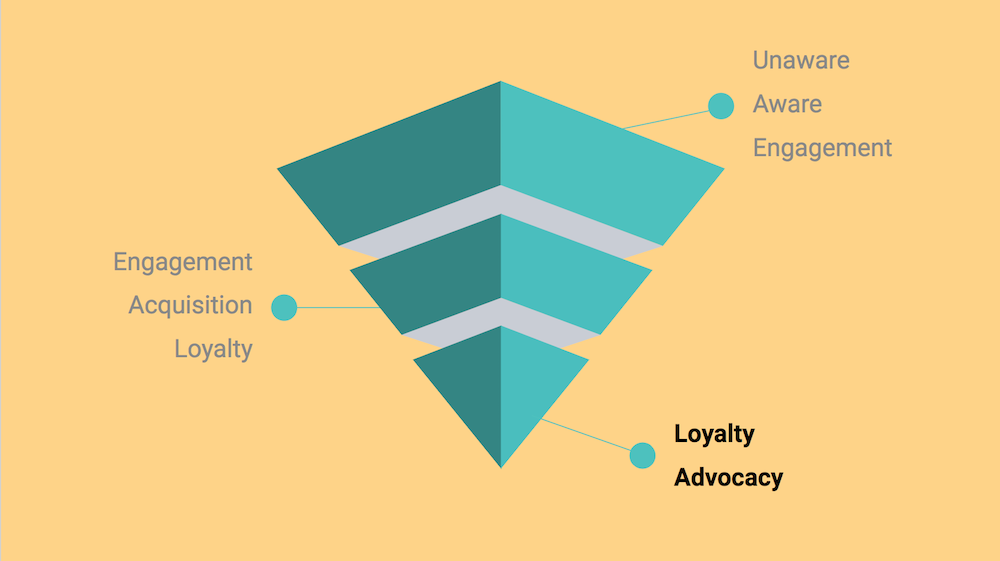
Not only does it increase your lifetime value, allowing you tospend more on customer acquisition, it also enables free affiliate marketing from the words of actual customers.
Conducting a loyalty analysis should focus on answering five questions:
- How effective are you at retaining customers?
- How many of your customers are you ‘at risk’ of losing?
- On average, how often do customers purchase?
- What stops first-time purchasers from making a repeat purchase?
- How can you improve your customers’ experience?
The main KPIs to track are customer lifetime value (LTV), repeat purchase rate, product reviews, and qualitative metrics like NPS, CSAT, and voice of the customer surveys.
Happiness and delight are difficult emotions to quantify. But with a combined approach, you can get a strong idea of how evangelical your buyers are.
Using theGlew.io Shopify integration, you can segment your customer lifetime values by acquisition channel:
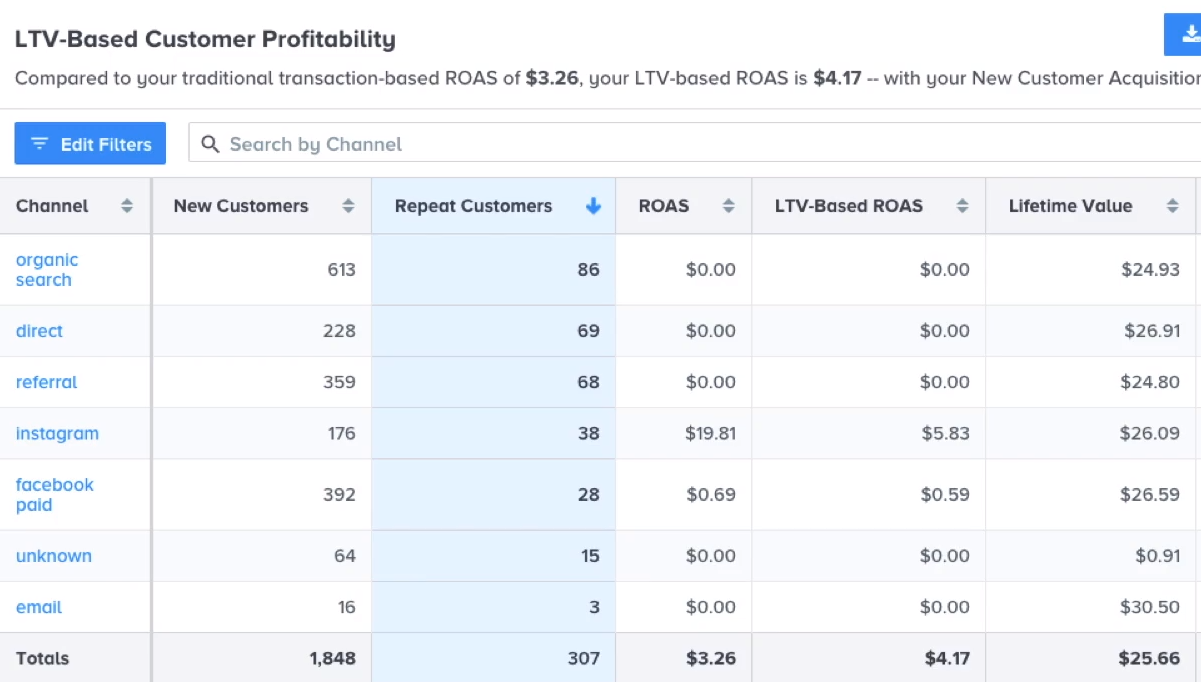
Using this report can give you a clear picture of which channel produces the highest LTV customers. For example, in this sample report, organic search is generating tons of repeat customers at a high lifetime value, indicating that it’s succeeding in creating a flow from awareness to a loyal customer.
If you’re not sure whether your business is acquisition or repeat customer heavy, check the repeat customer rate report:
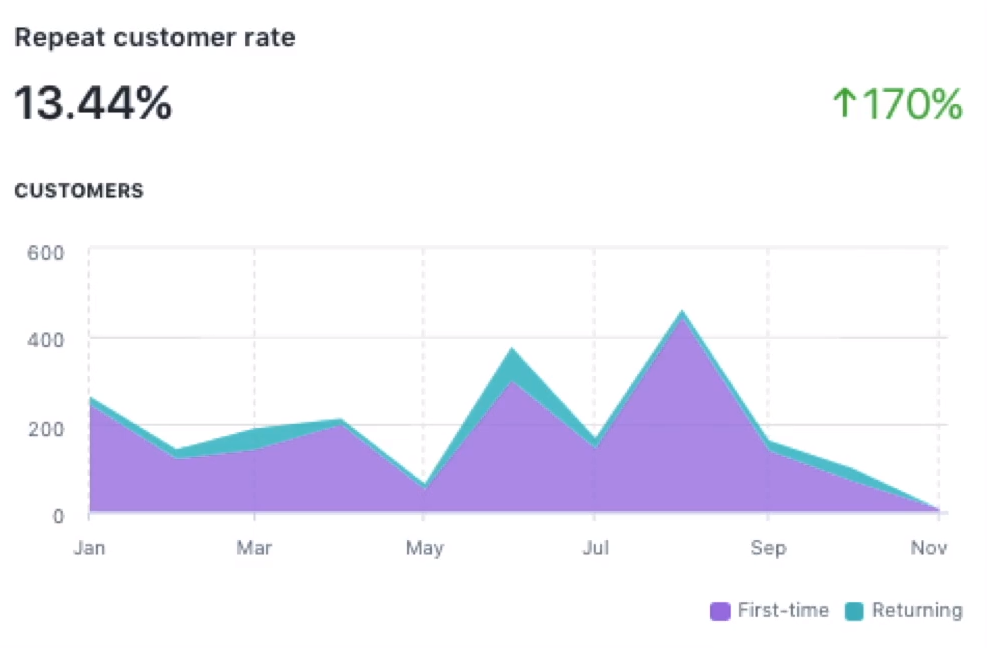
This report outlines if you are acquisition or retention focused. It also shows the balance between acquiring or keeping customers and where you can look to improve the loyalty-based portion of your funnel.
Another great metric to look at is your average time between purchases.
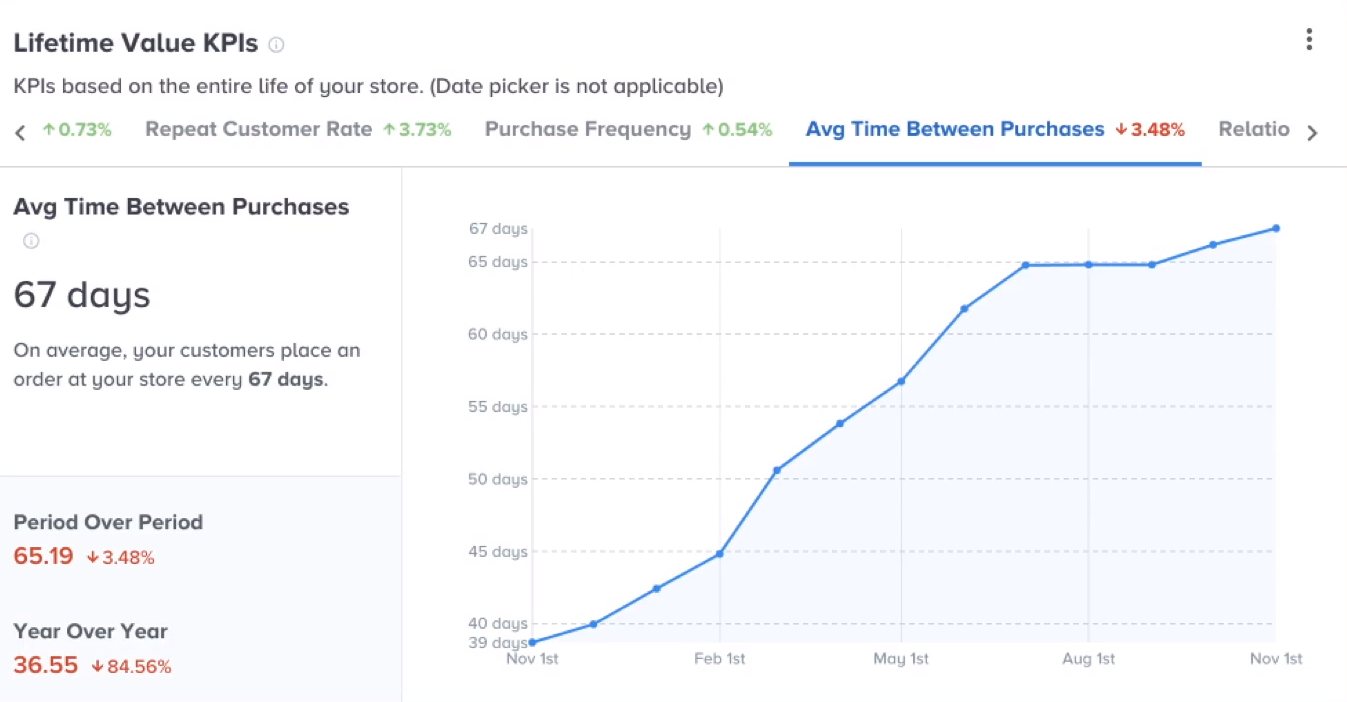
This will show you if you need to either:
- Decrease the time in between purchases and cross-sell more often
- Increase average order values by offering bundles or ways to increase the standard value of a product
If you have high purchase values or average order values, you need fewer purchases per year for each customer. Conversely, if you have a low average order value, you’ll need people to purchase more often to maintain a high LTV.
Pura Vida Braceletsfaced this problem when looking to scale its business.
With products averaging around $6, it’d take countless new users to reach huge sales if a customer had small order values or didn’t purchase frequently. To combat this, the company instituted the Pura Vida Monthly Club, helping to increase the frequency of purchases by selling three bracelets via a monthly subscription for $14.95:
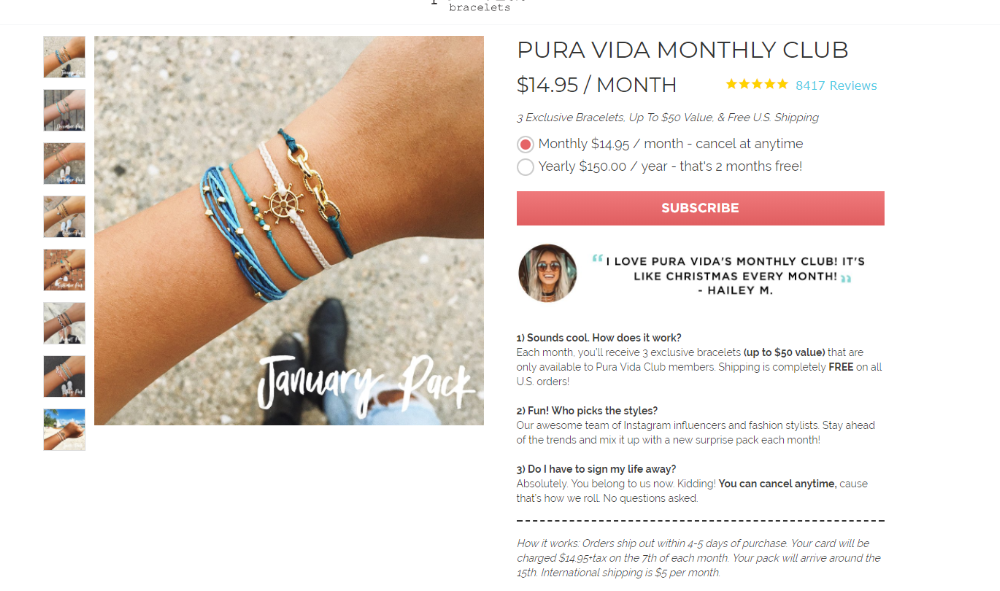
To help drive average order values, they also instituted free shipping when customers spend $25 or more.
In fact, Pura Vida Bracelets uses a host ofecommerce tools to optimize their entire funnel.
Once you’ve analyzed these reports and have a solid foundation of your repeat customer rate, you should have answers to a few fundamental questions:
- How effective are you at retaining customers?
- On average, how often do they purchase?
如果你重复购买频率高,你already doing a fantastic job at creating loyal customers. If it could be higher, you have a great opportunity to increase it. Tools like theNet Promoter Score (NPS)will let you gauge customers satisfaction.
UsingCustomer Guru with Shopify, you can quickly survey customers at the end of a purchase and compare that back with average NPS’ for your industry.

Customer Guru surveys generate a 10x higher response rate than standard surveys due to their simplicity. They allow you to collect a simple feedback number on user satisfaction that indicates whether or not they will promote or detract from your business due to their experience.
Take this analysis one step further by segmenting your results based on customer behavior:
- One-time buyers
- Multiple purchases
Finish off your analysis with a qualitative, voice of customer survey.
The voice of the customer is an open-ended question that your customers or visitors can answer in their own voice. As Avinash Kaushik says in his book Web Analytics: 2.0,
It cannot, no matter how much you torture the data, tell you why something happened.
Only your visitors and customers can tell you why something happened, so engage them in a conversation through reviews and surveys.
Reporting Frequencies for Optimal Performance
Below are some general recommendations for how often to review reports and what main points on which to focus your time.
Quarterly
Review general business objectives and top-level KPIs (CPA, Conv. Rate, LTV). Summarize your past quarter’s funnel metrics: awareness, conversion, and loyalty.
Monthly
Take a deep look at each stage of the funnel from awareness to conversion to loyalty. Focus on running each analysis for each channel to see what can be improved.
Weekly
Complete a channel analysis for your main channels. If your focus is generating awareness, for example, you will need to review your advertising KPIs (as mentioned earlier in this post) to tweak campaigns and double down on the most successful ones.
Let the Data Guide You
转化漏斗是一个自然规律。正如gravity explains how water falls down a mountain, a funnel is our way of explaining why and how visitors interact with our website. Data analysis is just our way of tracking and explaining it.
Users build awareness over time and steadily travel down your funnel from conversion to brand evangelist.
But it’s not always that simple. Understanding which factors, channels, and tactics worked requires a deep analysis at each stage of the funnel.
To better improve both the user experience and your bottom line, stay on top of your online funnel, keep a repository of your analysis and constantly refine your ecommerce data analysis.
Conversion Funnel Analysis FAQ
What is conversion funnel analysis?
Conversion funnel analysis is the process of analyzing the path taken by customers as they move through an online sales funnel. This analysis helps to identify areas where customers are dropping off or losing interest, as well as areas of the funnel that could be improved to increase conversion rates. This type of analysis can be used to improve the overall customer experience, identify weak points in the customer journey, and optimize the funnel to increase sales.
What are the 4 stages of a conversion funnel?
- Awareness: This stage is when potential customers become aware of your product or services. For example, through advertising, content marketing, word-of-mouth, etc.
- Interest: In this stage, potential customers show interest in your product or services by taking action such as signing up for a newsletter, downloading an ebook, or following your social media account.
- Evaluation: At this stage, potential customers take a closer look at what you have to offer. They may compare similar products, read customer reviews, or watch product demos.
- 采购:最后, potential customers decide to purchase and become customers. This is the end of the conversion funnel.
What is a good conversion funnel?
A good conversion funnel typically consists of four stages: 1) Awareness: Reaching potential customers through targeted marketing efforts, such as search engine optimization, social media, email campaigns, etc. 2) Interest: Engaging potential customers and providing useful information about your product or service. 3) Consideration: Encouraging potential customers to take action by providing incentives, discounts, or other forms of value. 4) Conversion: Capturing the customer’s information and turning them into a paying customer.
What is the conversion stage of the funnel?
The conversion stage of the funnel is the point in the customer journey where a potential customer takes a desired action, such as making a purchase, signing up for a newsletter, or filling out a form. At this stage, the customer has already been persuaded to take action and is ready to convert.
Read More
- The Consumerization of Enterprise Software
- 21 Ecommerce Personalization Examples & 7 Scalable Tactics
- What are the Ecommerce trends for 2023?
- Ultimate Flash Sale Ecommerce Guide: How to Sell Over $3 Billion on Autopilot
- What are the retail trends for 2023?
- Inventory Management Systems: What They Are, and Best Software for 2022
- Ecommerce Basics: A 101 Guide
- 11 Ecommerce Checkout Best Practices: Improve the Checkout Experience and Increase Conversions
- 1点击结帐可以做什么为你的小生意ss






